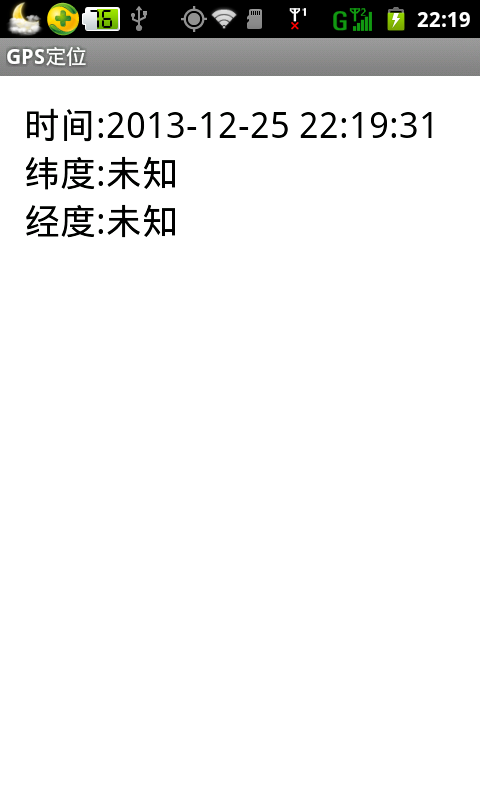編輯:關於Android編程
Volley:google出的一個用於異步處理的框架。由於本身的易用性和良好的api,使得它能得以廣泛的應用。我還是一如既往從源碼的方向上來把控它。我們先通過一段簡單的代碼來了解Volley
RequestQueue queue = Volley.newRequestQueue(this); ImageRequest imagerequest = new ImageRequest(url, new Response.Listener(){ @Override public void onResponse(Bitmap response) { // TODO Auto-generated method stub System.out.println(">>>bitmap = "+response); }}, 300, 200, Config.ARGB_8888, new ErrorListener() { @Override public void onErrorResponse(VolleyError error) { // TODO Auto-generated method stub System.out.println("error "+error); } }); queue.add(imagerequest);
當然,我之所以列舉這些出來,是因為在Volley裡面已經很好的解決了這些問題,當你下載了Volley的源碼編譯以後,你會發現,Volley所涵蓋的功能遠比你考慮的要多。而且這些東西,已經被很好的封裝起來。而且Volley的代碼讀起來也非常的順口,並不像Android原生的一些代碼一樣又臭又長。如果說Volley是一種好的開源框架,不如說Volley是一套現在看起來還不錯的設計模式。而且從Volley所提供的有些接口來說,Volley已經將很大部分封裝在框架內部,對於api調用者來說,無疑是個福音。
Volley裡面普遍采用了生產消費者模式,當然你說它是觀察者其實也無可厚非。生產者通過生產產品來通知消費者消費,這種簡單的模型在多種框架中使用到。這裡的消費者是叫Request的類。這個類將分發給CacheDispatcher和NetworkDispatcher來進行消費。從我們寫Cache的經驗來說我們對Cache的處理模式普遍一致,大都是看Cache中是否存在,如果存在,則load from disk.否則請求網絡。其實Volley的處理大同小異。對於允許Cache的請求。Request將被RequestQueue分發到CacheDispatcher消費。如果CacheDispatcher消費不了,那麼就將分發給NetworkDispatcher。這種模式非常像職責鏈。其實在這種分發下,存在一個Volley的亮點之一,就是url攔截。RequestQueue本身維護一個暫存列表,而這種暫存列表能很好的攔截重復的URL請求。由CacheDispatcher處理的請求,如果在disk cache中存在,那麼將通過Request的parseNetworkResponse 接口進行解析,我們看一下對於一個圖片請求他的parse流程:
private Response我們看到,它產生了一個response對象返回給了上層,最後再由Delivery來分發Reponse.其實我們可以看出,整個Volley的Cache設計相對簡單,而且還有很大的改造空間。比如,對於Delivery的分發機制,完全可以用EventBus這類的事件驅動的框架來完成。還有Bitmap的生成,可以采用內存映射文件的方式來減少內存開銷。當然,這些小甜點並不影響Volley做為一個非常優秀的代碼而存在。在Volley裡面Delivery的本質是一個線程池,采用線程池post的方式可以有效的避免Volley的CacheDispatcher和NetWorkDispatcher因為處理reponse而造成的線程阻塞。doParse(NetworkResponse response) { byte[] data = response.data; BitmapFactory.Options decodeOptions = new BitmapFactory.Options(); Bitmap bitmap = null; if (mMaxWidth == 0 && mMaxHeight == 0) { decodeOptions.inPreferredConfig = mDecodeConfig; bitmap = BitmapFactory.decodeByteArray(data, 0, data.length, decodeOptions); } else { // If we have to resize this image, first get the natural bounds. decodeOptions.inJustDecodeBounds = true; BitmapFactory.decodeByteArray(data, 0, data.length, decodeOptions); int actualWidth = decodeOptions.outWidth; int actualHeight = decodeOptions.outHeight; // Then compute the dimensions we would ideally like to decode to. int desiredWidth = getResizedDimension(mMaxWidth, mMaxHeight, actualWidth, actualHeight); int desiredHeight = getResizedDimension(mMaxHeight, mMaxWidth, actualHeight, actualWidth); // Decode to the nearest power of two scaling factor. decodeOptions.inJustDecodeBounds = false; // TODO(ficus): Do we need this or is it okay since API 8 doesn't support it? // decodeOptions.inPreferQualityOverSpeed = PREFER_QUALITY_OVER_SPEED; decodeOptions.inSampleSize = findBestSampleSize(actualWidth, actualHeight, desiredWidth, desiredHeight); Bitmap tempBitmap = BitmapFactory.decodeByteArray(data, 0, data.length, decodeOptions); // If necessary, scale down to the maximal acceptable size. if (tempBitmap != null && (tempBitmap.getWidth() > desiredWidth || tempBitmap.getHeight() > desiredHeight)) { bitmap = Bitmap.createScaledBitmap(tempBitmap, desiredWidth, desiredHeight, true); tempBitmap.recycle(); } else { bitmap = tempBitmap; } } if (bitmap == null) { return Response.error(new ParseError(response)); } else { return Response.success(bitmap, HttpHeaderParser.parseCacheHeaders(response)); } }
我們再回頭看看如果我們在Cache中不存在,我們請求網絡的情況。Volley對平台的請求接口進行了封裝,你可能采用的是HttpClient,當然也有可能是直接使用HttpUrlConnection。對於上層來說,為了屏蔽掉這種平台的差異性,抽象出一個叫做Network的網絡接口,這是一種橋接的模式。而當你使用某種方式網絡獲得數據以後,NetworkDispatcher將數據put到Cache中.通過Delivery分發Request回調以後,調用Request的finish方法將自己從RequestQueue的暫存表中刪除。
好的,是不是覺得Volley代碼設計的是如此的思路清晰,本章我們先介紹Volley的主體結構,下面會通過兩章節來描述Volley的兩大模塊:Cache和Network設計。
thx
非子墨
QQ:1025250620
 Android 使用版本控制工具時添加忽略文件的方式(詳解)
Android 使用版本控制工具時添加忽略文件的方式(詳解)
Android Studio 配合SVN時,添加忽略文件相對簡單,首先打開項目的Settings選項,切換到Version Control下的Ignored Files目
 Android控件之SlidingDrawer(滑動式抽屜)詳解與實例分享
Android控件之SlidingDrawer(滑動式抽屜)詳解與實例分享
SlidingDrawer效果想必大家也見到過,它就是1.5模擬器上進入應用程序列表的效果。下面是截圖一、簡介 SlidingDrawer隱藏屏外的內容,並允
 Android中GPS定位的用法實例
Android中GPS定位的用法實例
GPS定位是目前很多手機都有的功能,且非常實用。本文以實例形式講述了Android中GPS定位的用法。分享給大家供大家參考之用。具體方法如下:一般在Android中通過G
 Android的事件分發與消費機制
Android的事件分發與消費機制
一、Touch的三個重要方法在Android中,與觸摸事件也就是 Touch 相關的有三個重要方法,這三個方法共同完成觸摸事件的分發。public boolean dis